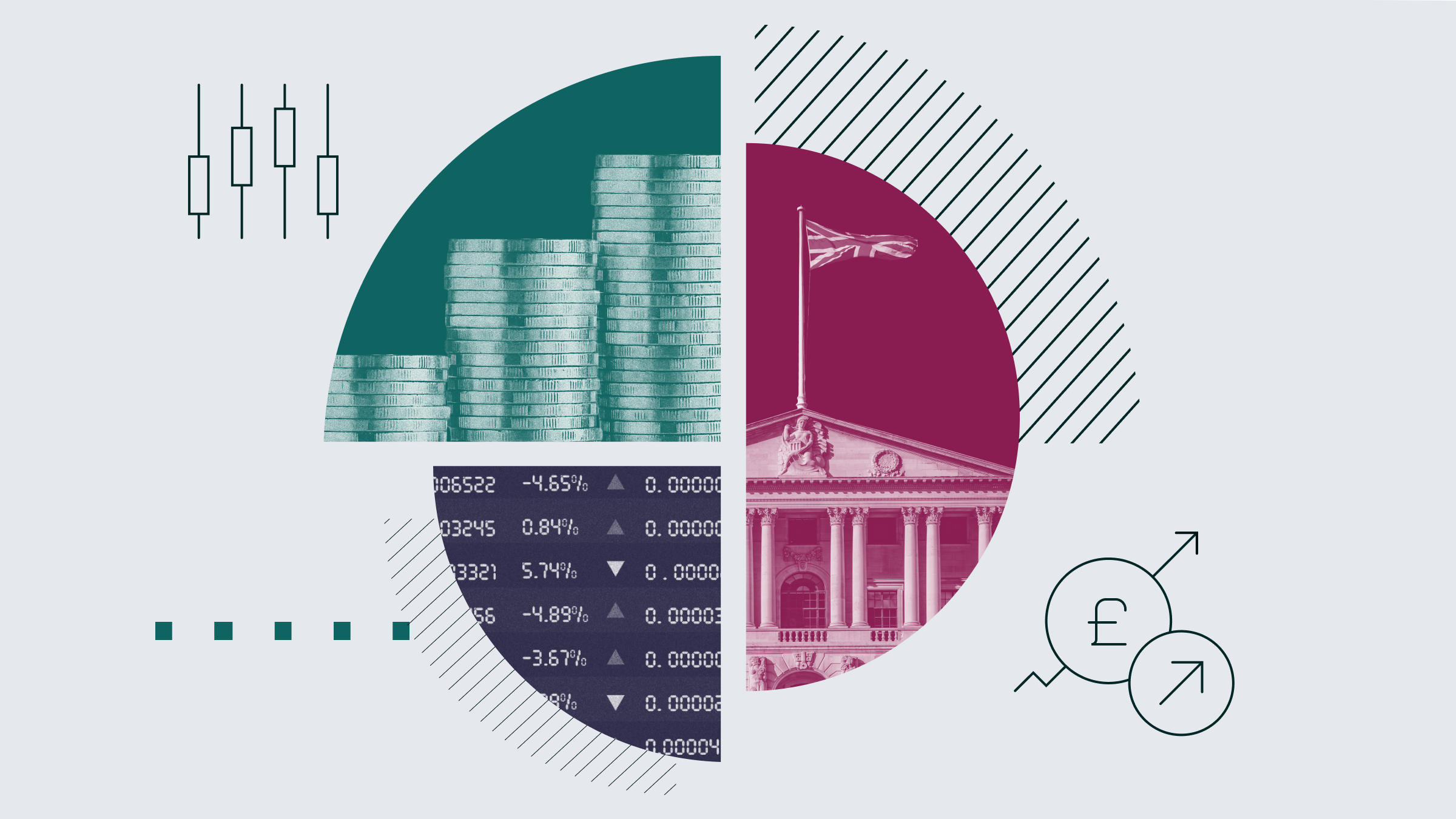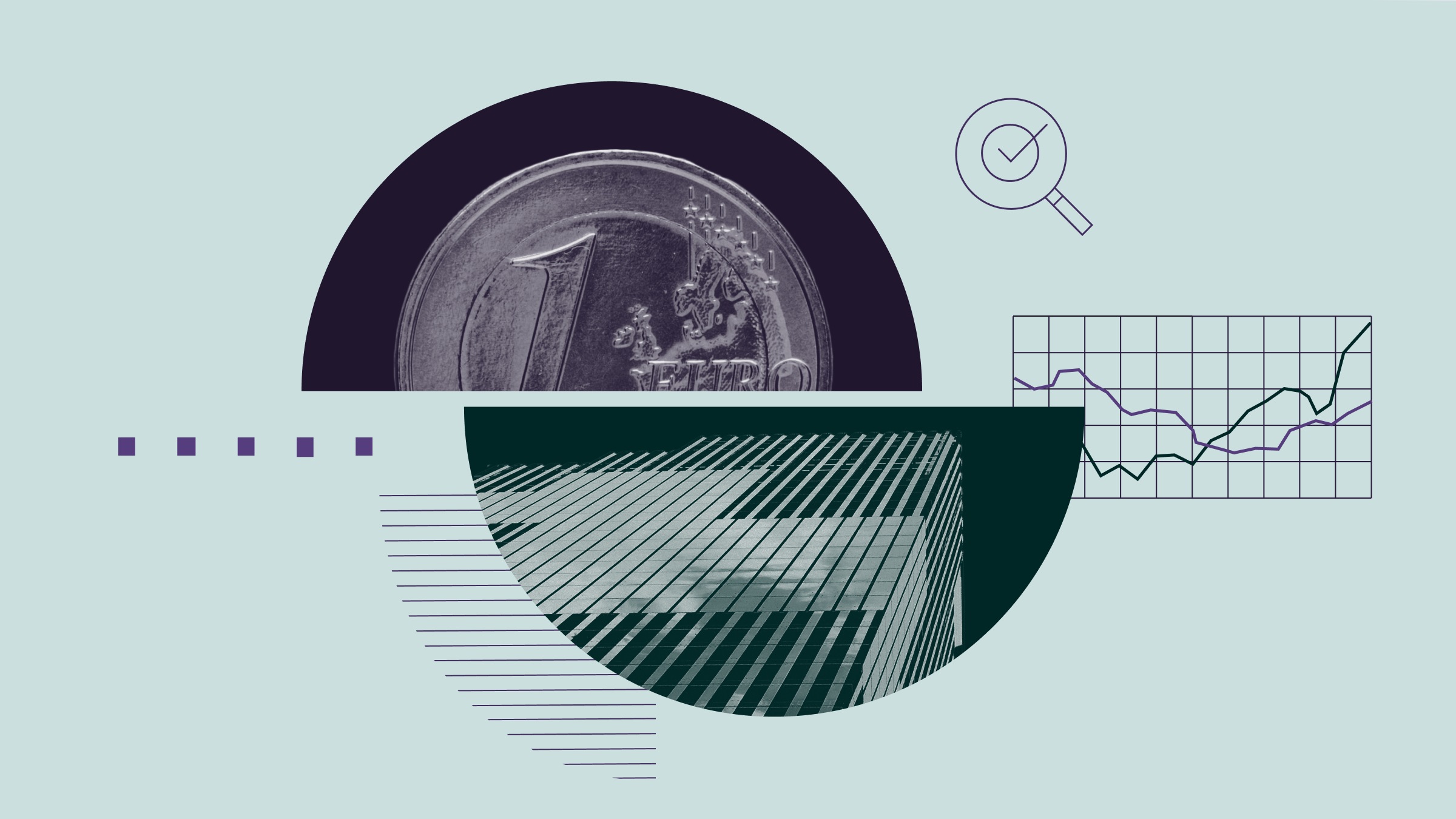This article is part of Morningstar's "Perspectives" series, written by third-party contributors. Here, Schroders Chief Economist Keith Wade comments on the economic situation in Japan.
The election of Shinzo Abe as Prime Minister has brought a new determination to end the problem of deflation in Japan. This has led to a shift in policy at the Central Bank with the Bank of Japan (BoJ) announcing an increase in the inflation target to 2% and the appointment of a new Governor, Haruhiko Kuroda. The new man will chair the next Bank of Japan policy meeting on April 3/4 and he is widely expected to announce an increase in the Bank’s asset purchase programme. He has said “the time has come for a general mobilisation of all policy measures to get rid of deflation”. In response the JPY has weakened significantly since the autumn, when it became clear that Abe had a good chance of winning the general election.
The shift in monetary policy will be bolstered by a more “flexible” fiscal policy and a private sector “growth strategy”; however, ending deflation is a tall order for an economy which has experienced falling nominal GDP since 1997. Real GDP has risen about 9% over the past 15 years, but due to price deflation of just over 18%, nominal GDP has shrunk by around 10%.
The weakness of prices can also be seen in the CPI with core prices running below zero for almost the entire past 15 years. On this basis, inflation would have only hit a 2% target during two brief periods: in 1997 (when the consumption tax was raised), and in 2008 (when crude oil prices were rising sharply).
The persistence of deflation ties in with weak growth in Japan which has kept the economy operating below potential. Estimates from the Cabinet Office suggest the economy has only managed to close the output gap on three occasions since 1990 and is currently operating with an output gap of -3.1% GDP. Evidence of spare capacity can also be seen in the low levels of capacity utilisation in industry and the relatively high unemployment rate.
Disappointingly, the weakness of the economy has occurred alongside a deterioration in the trade position, with the current account surplus disappearing as the trade balance moved into deficit. The move can be largely explained by the increase in the fuel deficit following the decision to halt nuclear power generation after the tsunami in 2011.
Clearly, the return of nuclear power generation would help improve the current account, however this is many years away and in the meantime the combination of a weak economy and trade deficit is an indicator of a competitiveness problem. Figures from the OECD show that net exports have reduced real GDP growth by nearly 1% in both 2011 and 2012.
From this perspective, one of the key mechanisms for achieving better growth and the end of deflation is through a depreciation of the JPY which boosts activity through higher exports and investment, whilst raising inflation through higher import prices.
This has been the clearest manifestation of the change of policy in Japan with investors seeing a direct link from the promised expansion of the BoJ’s balance sheet to currency weakness. The question now is whether the fall in the JPY will be sufficient to close the output gap, move economic activity above trend and thus generate inflation.
Has the Yen Fallen Enough?
Our forecasts suggest this will be difficult to achieve in the next two years. Starting from an output gap of -3% GDP and a trend growth assumption of 1% p.a., our forecasts leave the economy with an output gap of -0.6% GDP at the end of 2014. Whilst this is on track to close the gap by 2015, it is based on the assumption that the JPY falls to 100 by the end of this year and 105 by the end of next.
Clearly if the gap is to close faster and inflation to be higher, a further depreciation of the JPY (beyond our assumptions) would be needed. The Cabinet Office estimates that a 10% depreciation of the JPY would provide a 0.6% boost to GDP over three years. In terms of extra GDP growth this would mean 0.25% p.a. for 2 years.
So, whilst the fall in the yen has been significant, it will probably only be sufficient to end deflation rather than generate positive price rises. To achieve this it probably has to fall another 10% and approach levels seen before the Global Financial crisis (GFC) of 2007-08. Against the dollar this would imply somewhere in the 110 to 120 range, or in real trade weighted terms a 10% downward move to bring the currency back to its pre-GFC range.
Should the beta from JPY to growth and inflation be smaller, as is quite likely in the current environment of weak global demand and the island dispute with China which has hit exports, then the fall in the yen would have to be greater.”
Impact on Rest of the World
There are two channels of influence on the rest of the world. The first is obviously trade, with the fall in the JPY acting as a deflationary force as those competing against Japan lose market share and experience a deterioration in their net export position. The most affected will be economies in Asia, the region which has been increasing its share of Japanese trade in recent years. For example, China now receives 25% of Japanese exports compared with less than 10% in 2000. Overall, Asia accounts for more than half of Japan’s exports whilst the US has contracted from 30% to less than 20%.
On the import side it is a similar story with Japan increasing its imports from Asia (driven by China) whilst imports from the US and developed G10 have become less important.
From this perspective a weaker yen is deflationary for the rest of the world, particularly Asia, and is one reason why Asian equity markets have paused recently. These figures capture the broad trade effects; however they miss the impact felt by companies competing with Japan in third markets. One way of gauging the impact of this is through the weight on the JPY in the trade-weighted exchange rate which takes account of this effect. Asian economies are most exposed, although within Europe the UK and Germany have the highest exposure to the JPY.
The second channel of influence is through capital flows with funds likely to move out of Japan as the BoJ steps up its efforts to generate inflation. Large scale purchases of JGB’s will push down interest rates and as inflation picks up, Japanese savers will find themselves facing negative real interest rates – a marked change from the past. Such a development is likely to prompt a search for yield overseas and the return of the Yen funded carry trade. This will take time to develop as Japanese savers will need to become convinced that the BoJ is going to be successful in creating inflation.
Should we see large capital outflows from Japan this could create problems for monetary policy elsewhere. A country receiving a significant inflow of overseas funds faces a choice: either do nothing and allow the currency to appreciate, or try to offset the inflow with intervention to keep the exchange rate stable. The former will hit growth, whilst the latter runs the risk of destabilising the economy through higher money growth and inflation. Sterilisation operations can be used to offset the monetary effect of FX intervention, however past experience suggests that these can often be inadequate.
The Asia crisis of 1997-98 had its roots in such a scenario where rising capital inflows initially led to overheating as central banks resisted currency appreciation, followed by a currency collapse as capital headed for the exits. At this stage we are a long way from such an outcome, but after two or three years of BoJ action the impact could be significant. By that time we might also expect to have seen an end to QE in the US, meaning that the BoJ would be the main driver of global liquidity.
What Happens Next?
The next BoJ meeting (April 3-4) is expected to step up asset purchases and bring:
- An extension in the maturity of JGBs purchased under the Asset Purchase Program (APP) to 1-10y from the current 1-3y and a hike in the end-2013 APP target for JGBs to JPY60 trn from JPY44 trn.
- An increase in the amount of open-ended JGB purchases and a possible frontloading of the operations from the currently scheduled 2014 start.
An increase in purchase of risk assets, a cut in interest rates on reserves and forward guidance on rates and QE are likely to follow in subsequent meetings. It will be important for the BoJ to be seen to be maintaining momentum up to the upper house elections in the summer. As our analysis indicates, they will have to push the JPY lower to achieve their aims on inflation.
Morningstar Disclaimer
The views contained herein are those of the author(s) and not necessarily those of Morningstar. If you are interested in Morningstar featuring your content on our website, please email submissions to UKEditorial@morningstar.com.




























